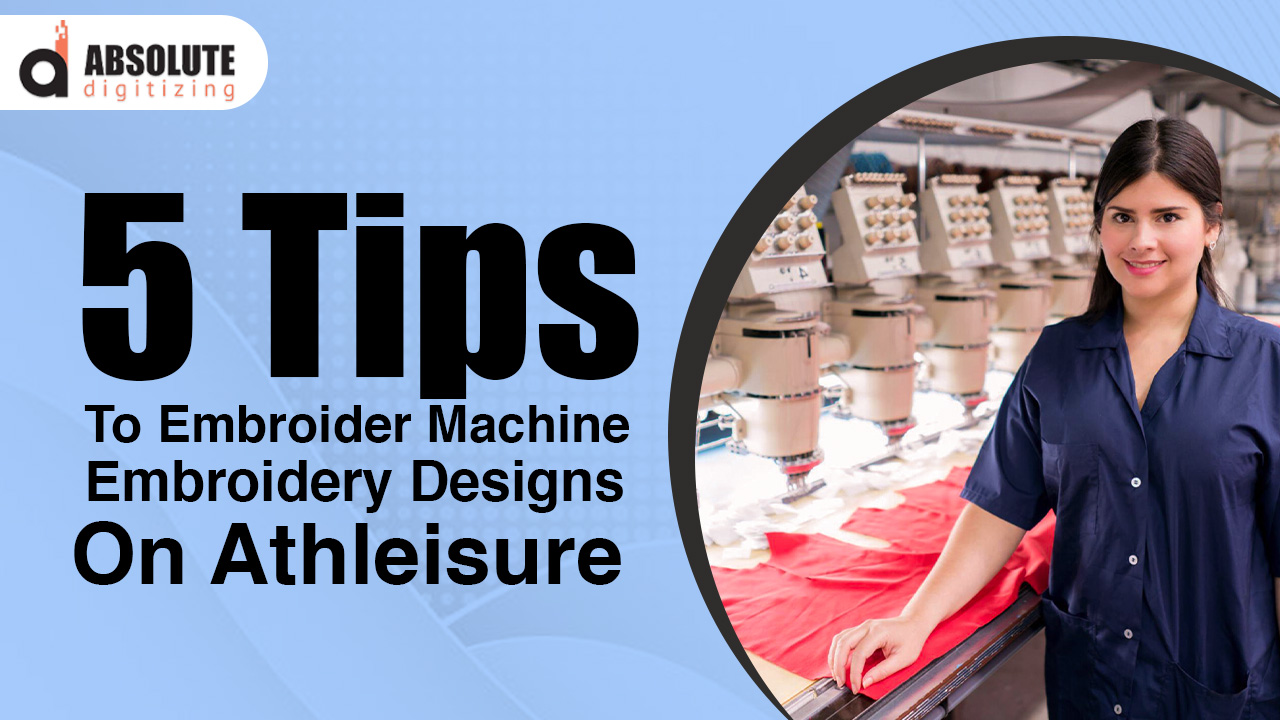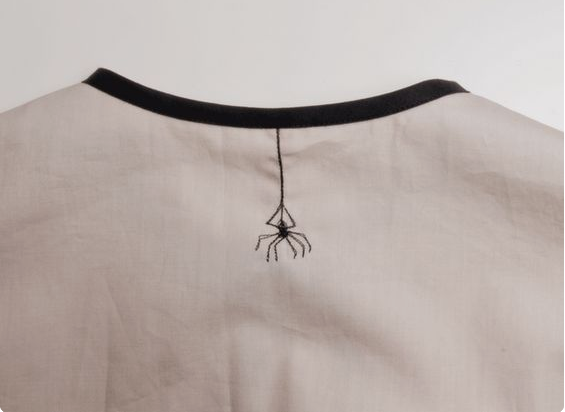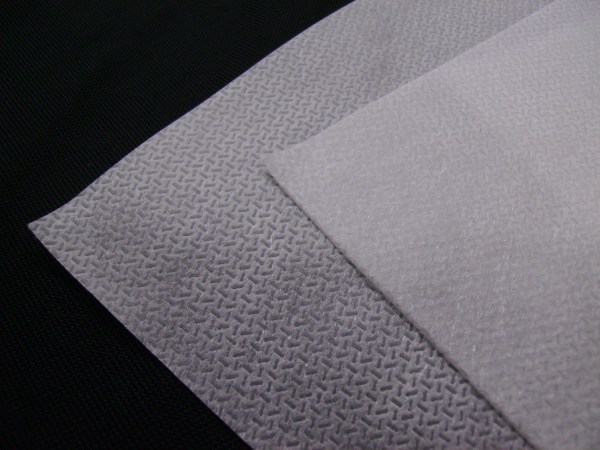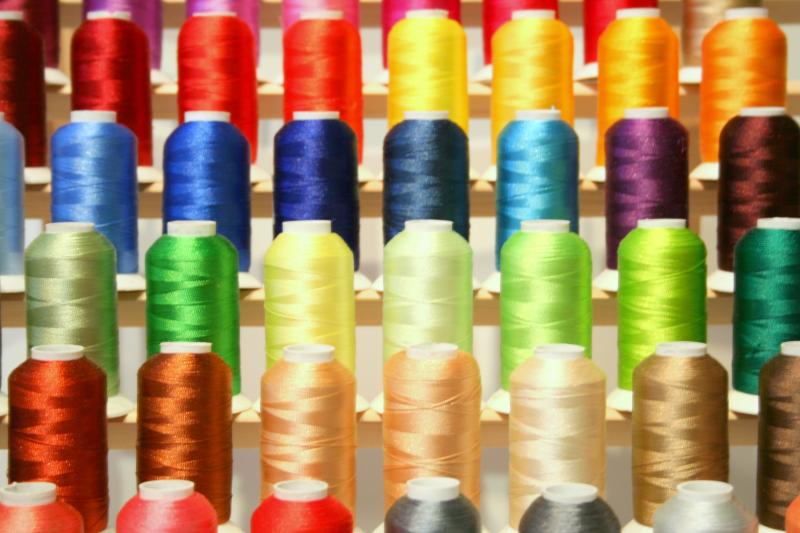As machine embroiderers, you have come across a range of fabrics and materials through the span of your careers. For each type of fabric, there are some unique challenges. Correspondingly, there are measures that need to be adopted for smoothly embroidering machine embroidery designs.
Over the past few years, the athleisure industry has grown immensely and there is no looking back for them. From 2% increase in sales in 2015, the active wear industry experienced a massive increase of 16% in 2016. The growth is unprecedented in any other category of clothing, at least for the last couple of years.
Moreover, it is not one of those temporary fashion trends which will not be anywhere in a few years from now. Athletic apparel is here to stay for various reasons and by 2020 the industry expects a whopping global market size of $350 billion.
Hence, as an embroider, the good news is that you can expect an ever-increasing number of orders for athletic apparels in the coming years. Therefore, it will be too naive of you to not master an apparel that is not only novel but also has huge future potential.
Before we jump on to the tips for imprinting machine embroidery designs on athleisure, let us quickly walk through the unique challenges of dealing with athletic apparel during the process.
Challenges of embroidering machine embroidery designs on athleisure:
Active apparel or athleisure have a knitted build. The major difference here is that they are softer, thinner and stretchier as compared to the conventional knits. We love them for the same reasons but under the machine’s needle, it’s an altogether different story.
The necessary characteristics of athletic apparels which make everybody like them are also the cause of trouble when it comes to embroidering machine designs over them. Stretch, softness, and pliability all these traits can be individually dealt in a fabric by taking appropriate measures. When all these combine in the same fabric, it’s a call for trouble.
Dealing such a material is really tricky. The cure for one ill is fatal for the other.
The stretchy nature of the material can be dealt by adding additional stabilizers. The problem here is that athletic apparel is also very thin which hinders the way for using additional stabilizers. Similarly, due to their soft and pliable nature, athletic apparels demand a tight hooping to prevent movement under the needle. If the material is very tightly hooped, there are chances that the material will get distorted due to their stretchy nature.
The contradictory material behaviors ask for an out of the box approach. Moreover, these downsides of dealing with athletic apparel are not a justification for flawed results. The customer will still expect you to imprint clean and smooth machine embroidery designs.
Tips For Dealing With Athleisure:
By now, you would have understood that athletic wear is a difficult material to deal with. Consequently, it requires special care and attention to the detail for embroidering on athletic apparel. So, following are some tips for dealing with this tricky apparel:
Choose Light Designs:
Always try to go with light and less dense designs when you are dealing with athleisure. Heavier designs like complex logos can easily distort the fabric in a way that it tarnishes the whole outlook of the fabric. Moreover, very dense designs can also affect the easy to wear functionality of these fabrics.
Since embellishment at the cost of utility for casual wear is never a wise choice, try avoiding dense designs as much as possible. If you are dealing with a client who is rather adamant on embroidering complete details of the machine embroidery design, go for a test sew out and make them explain how it is affecting the sew-out.
Choice Of Stabilizer:
Athletic wear requires more stabilization as compared to other fabrics. Strong stabilization is required for preventing the fabric to move inside the hoop. The issue with using bulk and multiple cutaway backings is that they will be seen through after the sew out. The solution here is to use sheer cutaway stabilizer which will provide adequate stabilization without the bulk.
Another alternative is using multiple layers of tear away stabilizers which should ideally tear away after the sew-out.Due to the widespread popularity of athleisure, there are now stabilizers that are specifically designed for such materials.
A nylon no-show mesh is recommended if you are taking care of all other precautions while working with athleisure. With nylon-no show mesh, a light design particularly works well. If you are working with a heavier design, consider adding another nylon-mesh or a light tear away which will provide adequate backing without disrupting the designs.
Check out for choosing stabilizers during your embroidery projects: Important Guidelines For Choosing Embroidery Stabilizers
Thread To Use:
By intuition, it seems that polyester threads should work best with active wear. It comes from the predominant use of polyester fabrics in the manufacturing of athletic apparel. However, this is not true.
Instead, rayon threads are the ones which are best suited for embroidering on athletic apparel. The preference of rayon over polyester threads is for the two reasons. Firstly, rayon is made from natural fibers in wood pulp. This gives it a softer feel as compared to the polyester. Secondly, rayon threads give a well-gelled luster which is way more smooth than polyester.
Consequently, machine embroidery designs done with rayon threads not only look better but are also more comfortable for the wearer.
Needle Considerations:
The needle considerations are similar to any other stretchy fabric. Instead of using sharp end needles, use ball-point needles. Sharp pointed needles will pierce the stretchy fabric through and distort the design as well as the fabric.
Use small size needles as you will do with any stretchy fabric. Since athleisure is a more tricky compared to common stretchy fabrics, induce some additional precaution. Go with a 70/10 ball point needle instead of the normal 75/11 needle that is generally used with stretchy fabrics.
Embroidery Digitizing:
When working with machine embroidery designs, embroidery digitizing always plays a pivotal role in ensuring a great sew-out. No matter how much precautions you take, if your embroidery digitizer is not up there, unfortunately, it’s not going to work for your business.
When digitizing for athleisure, work on embroidery designs like you would do on a baseball cap. Digitize outwards from the center. Our biggest concern here, like with most stretchy fabrics, is to avoid puckering. Digitizing for embroidery designs in an aforementioned manner prevents puckering and distortion in the fabric.
Other digitizing considerations for machine embroidery designs include:
-Keep stitch density low
-Avoid45-degree stitch angle
-Keep Stitch count low
-Precisely cater for pull and push compensation
– Always use thick and strong underlay to provide stabilization to designs.
Embroidery digitizing is an inseparable component of any machine embroidery business. Make sure that your embroidery digitizer is well-versed with minor details of working with a range of fabric and machine embroidery designs. Go through our outsourcing checklist for embroidery digitizing services. If you are already working with one, here is how to get the very best from your embroidery digitizing service.
Finding long term partners is essential for providing stability and certainty to your machine embroidery business. With a team of professional embroidery digitizers, we provide the best quality with a quick turn around time. Reach us and connect if you want an all-encompassing digitizing solution for your machine embroidery business.
If you need any professional help from embroidery digitizing services provider, instantly get a quick and free embroidery digitizing quote. We are here for you.






